A child is swinging a ball of mass M around on a light spring which has spring constant k. The ball describes a horizontal circle. The stretched spring has a length a horizontal circle. The stretched spring has a length l and makes an angle θ with the vertical as shown in fig. the acceleration due to gravity is g neglect air resistance.
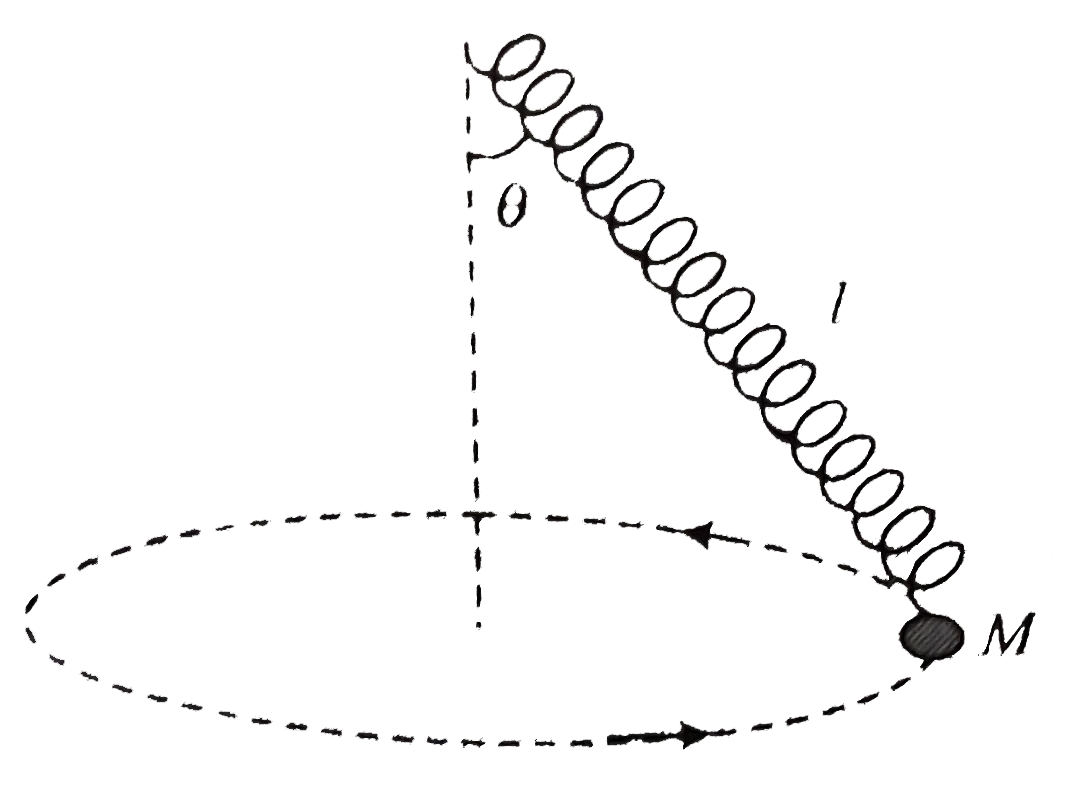
a. In terms of only the given quantities , what is the magnitude of force F that the spring exerts on man M?
b.In terms of F,kand lwhat is the natural length l0 of the spring i.e. the length of the spring when it is not steched?
c. In terms of F,l,M and B what is the speed v of the ball?
The particle move in a horizontal circle . The force along y- direction are balanced . Towards of horizontal circle centripetal acceleration acts therefore that must be a resultant force . Note that along the length of spring forces are not balanced because this direction has component of acceleration
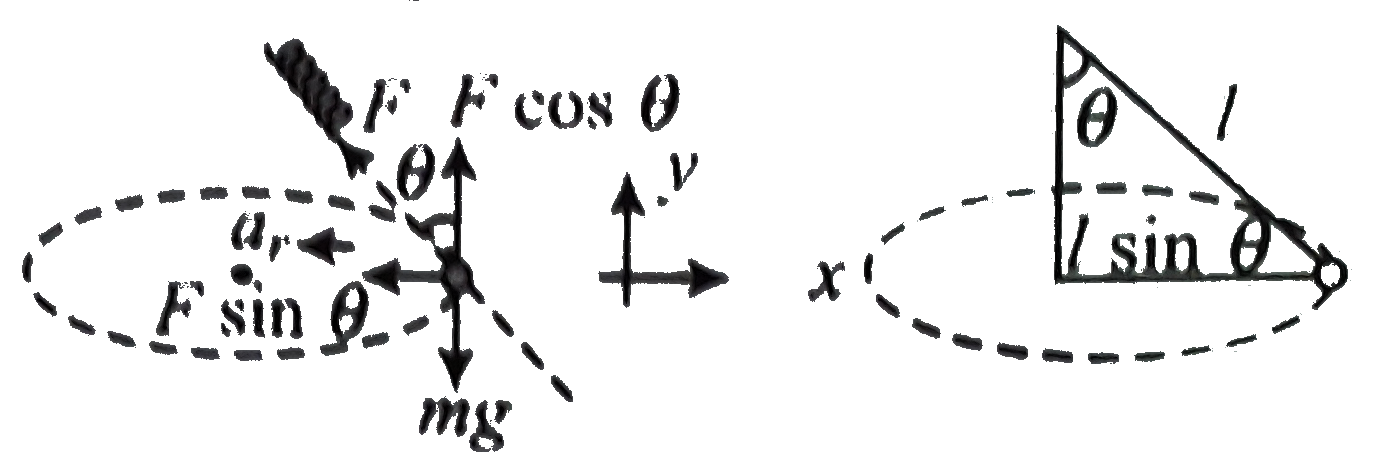
a.F=cosθ=Mg⇒F=Mgcosθ
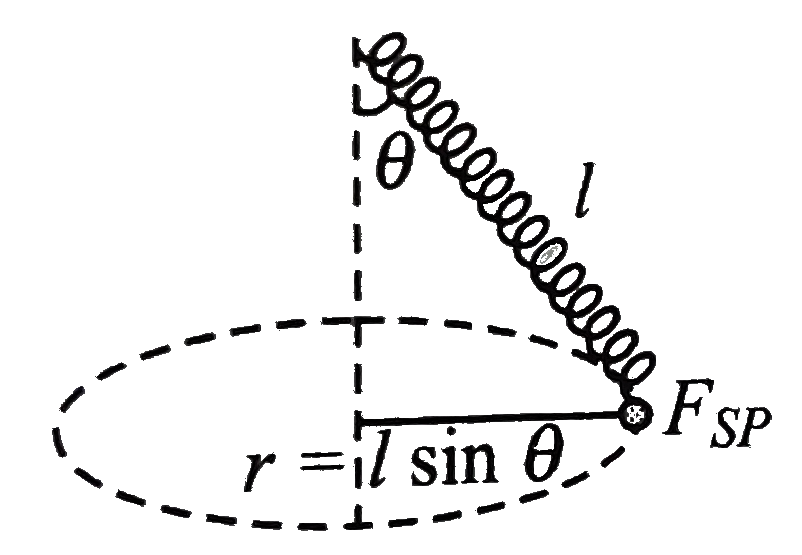
b.F=KΔl
Δl=FK=MgKcosθ
l0=1−Δl⇒l0=l−MgKcosθ
c. Fsinθ=mv2r
mgcosθsinθ=mv2lsinθ⇒v=√g1sin2θcosθ
Topper's Solved these Questions
- NEWTON'S LAWS OF MOTION 2Book:CENGAGE PHYSICSChapter:NEWTON'S LAWS OF MOTION 2Exercise:Subjective
Explore 21 Videos
- NEWTON'S LAWS OF MOTION 2Book:CENGAGE PHYSICSChapter:NEWTON'S LAWS OF MOTION 2Exercise:Single Correct
Explore 87 Videos
- NEWTON'S LAWS OF MOTION 2Book:CENGAGE PHYSICSChapter:NEWTON'S LAWS OF MOTION 2Exercise:Exercise 7.2
Explore 16 Videos
- NEWTON'S LAWS OF MOTION 1Book:CENGAGE PHYSICSChapter:NEWTON'S LAWS OF MOTION 1Exercise:Integer
Explore 5 Videos
- PROPERTIES OF SOLIDS AND FLUIDSBook:CENGAGE PHYSICSChapter:PROPERTIES OF SOLIDS AND FLUIDSExercise:INTEGER_TYPE
Explore 2 Videos
Similar Questions
What will be the spring constant k of a. spring if length of the spring is made n times?
View SolutionA ball of mass mkg hangs from a spring of spring constant k. The ball oscillates with a period of T seconds if the ball is removed, the spring is shortened(w.r.t. length in mean position) by
View Solution
Knowledge Check
Two equal masses are attached to the two ends of a spring of spring constant k. The masses are pulled out symmetrically to stretch the spring by a length x over its natural length. The work done by the spring on each mass is
A12kx2B−12kx2C14kx2D−14kx2Two equal masses are attached to the two ends of a spring of spring constant k. The masses are pulled a part symmetrically to stretch the spring by a length x over its natural length. The work done by the spring on each mass is.
A12kx2B−12kx2C14kx2D−14kx2Two equal masses are attached to the two ends of a spring of spring constant k. The masses are pulled a part symmetrically to stretch the spring by a length x over its natural length. The work done by the spring on each mass is.
A12kx2B−12kx2C14kx2D−14kx2
An object of mass m, oscillating on the end of a spring with spring constant k has amplitude A. its maximum speed is
View SolutionA block is tied within two spring, each having spring constant equal to k. Initially the springs are in their natural length and horizontal as shown. The block is released from rest. The springs are ideal, acceleration due to gravity is g downwards. Air resistance is to be neglect. The natural length of spring is l0.
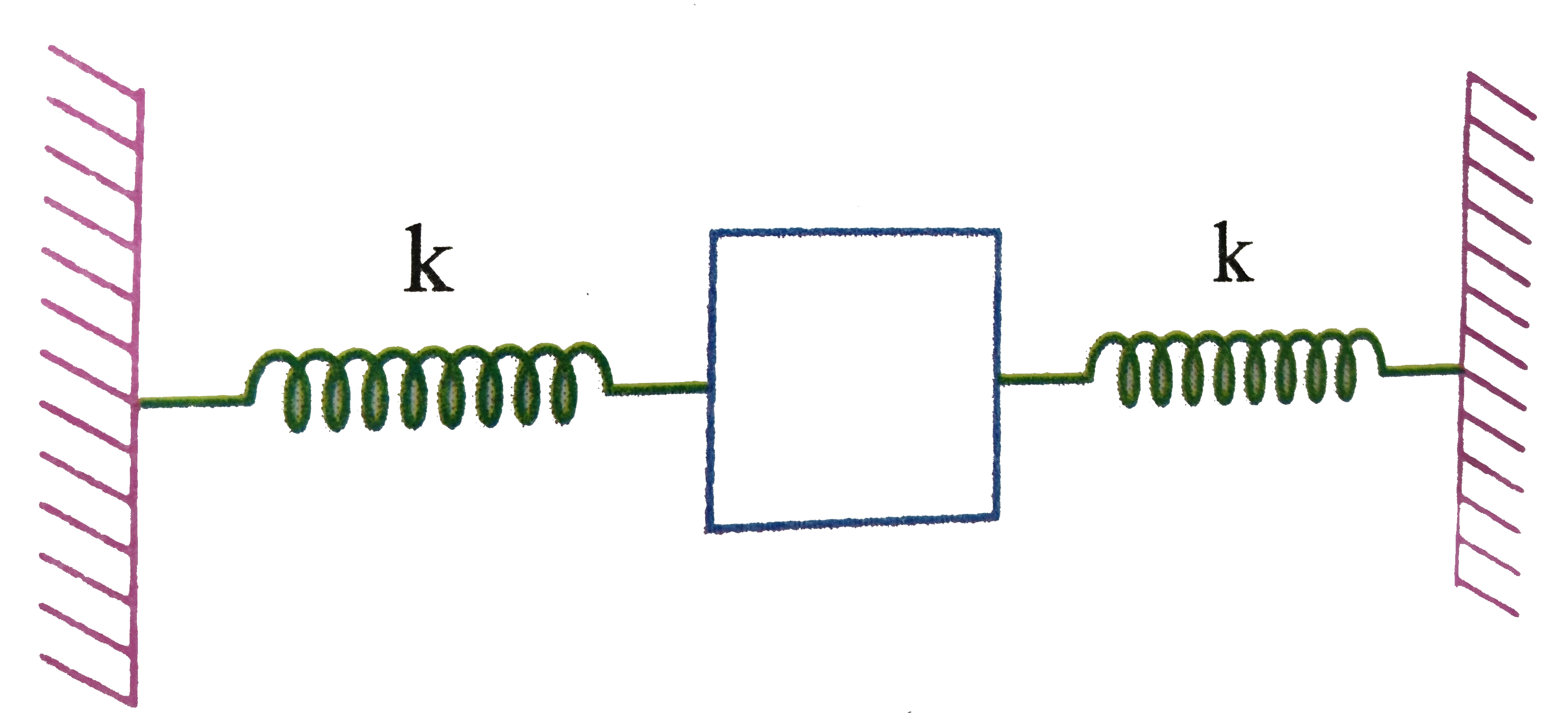
If the block is under equilibrium and the angle made by the spring with horizontal is 60∘ then the mass of the block is:
View SolutionA body of mass m is suspended from a massless spring of natural length l. It stretches the spring through a vertical distance y. The potential energy of the stretched spring is
View SolutionA block of mass m is attached to a spring of force constant k whose other end is fixed to a horizontal surface. Initially the spring is in its natural length and the block is released from rest. The average force acting on the surface by the spring till the instant when the block has zero acceleration for the first time is

View SolutionA bob of mass m is connected to a spring of spring constant k and a string which is fixed to the ceiling as shown in figure. Original length of the spring is L and the bob rotates in a horizontal circle centred at the fixed rod. Assuming the spring remains horizontal, then elongation in the spring is :
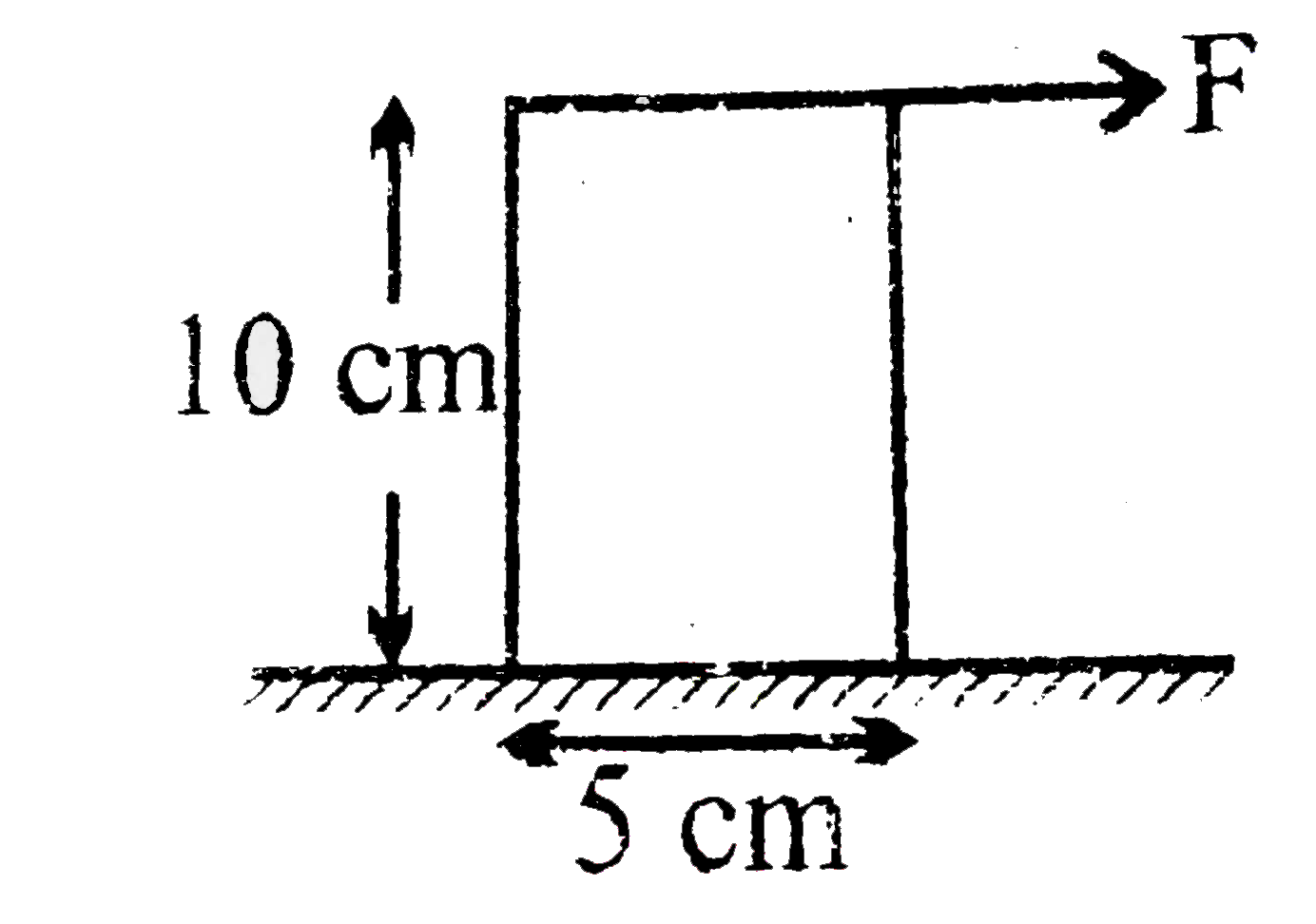
View Solution

